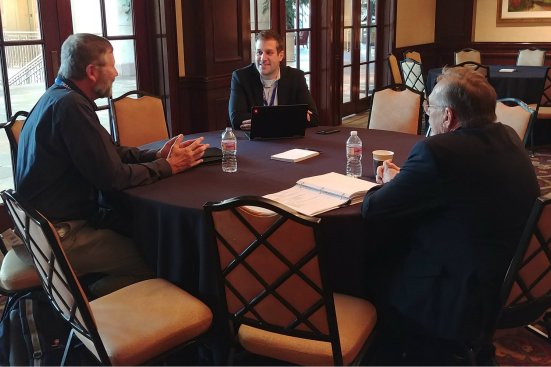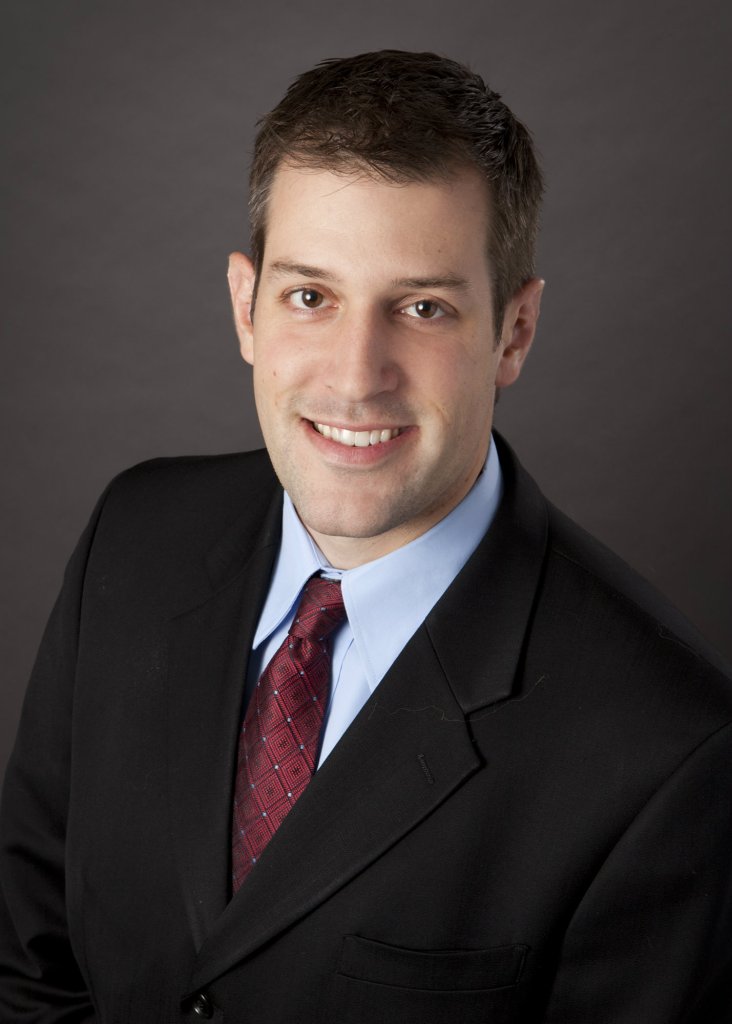Engineering is in Carl Nylander’s blood. So is chlorine.
The principal/studio director with aquatics powerhouse Counsilman-Hunsaker was a competitive swimmer throughout childhood and a college career at Georgia Tech, where he eventually earned a degree in technical engineering.
“My whole life had been around aquatics,” says the principal/studio director for the St. Louis-based firm, who oversees design and engineering in the Northeast. “I spent my summers around a pool and, once I turned 15, was coaching, lifeguarding, or a swim instructor.”
Just out of college, he took a love of tinkering to Honda, where he worked in an automotive plant.
His past as a swimmer ushered him into the next phase. Counsilman-Hunsaker had engineered the aquatics facility for the 1996 Olympics, at Georgia Tech. While converting the facility into a rec pool, a company executive asked Nylander’s former coach to refer an engineer with a swimming background. “Next thing you know, I started a pretty good career,” says Nylander, who has been with the company 13 years.

Carl Nylander at a meeting with the MAHC's design/construction specialists.
For the past decade, he’s shared his talents with a broader universe, working on the Model Aquatic Health Code. He has played key roles since the MAHC’s initial drafting, and just completed a term as chairman of the Technical Review Committee.
This group serves as something of a central hub for the CMAHC. Members must review all proposed changes, ranging from minute word replacements to the addition of entire sections. Participants then discuss and debate each potential change, and must form consensus on whether or not to endorse a proposal. They then provide reports to explain the committee’s positions.
Some may consider the work dry, but it’s critical. Not only does the committee examine proposals in the context of available science, but they provide observers with an expert perspective. And it’s a massive task — the last cycle saw approximately 180 change requests.
“It’s definitely time-intensive,” Nylander says. “It would be about 15 to 20 hours a week from April until the end of July.”
Next, Nylander serves on the CMAHC board. He continues on, because he believes in the code’s potential impact.
“There are so many jurisdictions that have antiquated codes or don’t have a health code at all,” Nylander says. “So this is an important endeavor in making a substantive change in people’s lives.”
